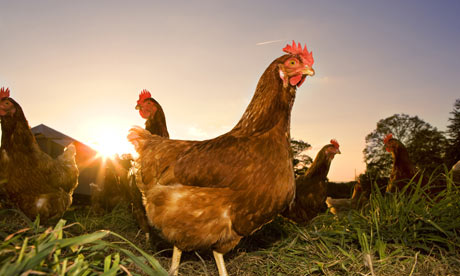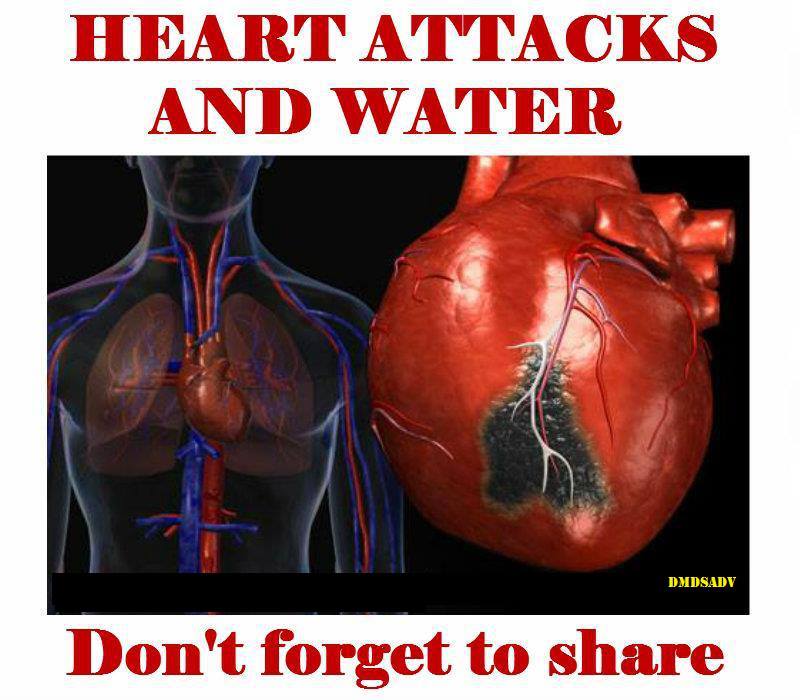The use of hormone growth promotants to increase growth rates is a widespread practice in the Australian beef cattle industry with around half of both grain-fed cattle and northern Australia pasture-fed cattle implanted. Grain feeding cattle in feedlots in combination with the use of hormone growth promotants (HGP) is considered an efficient way of producing beef of consistent taste, tenderness and color to suit customer demand. Pasture-fed cattle in northern Australia may be given HGP to ensure that steers meet the high value beef market specifications before pasture quality decreases and this market access is lost.
The human body naturally produces steroid sex hormones to regulate reproduction and growth. The same occurs in cattle. Estrogen hormones are produced in females and androgenic hormones in males, but there is some production of estrogen in males and androgenic hormones in females as well. Naturally-occurring steroid hormones are also found in foods, including eggs, cabbages, milk and safflower oil.
In cattle, natural and synthetic hormones may be implanted under the skin in the middle third of the back of the animal’s ear to improve daily weight gain, feed conversion and carcass quality. HGP commonly used include trenbolone acetate and estradiol benzoate (both synthetic hormones). Those using HGP implants employ a range of strategies which may include hormones being used separately or in combination. Once the hormone has metabolized, it has the effect of increasing the rate at which muscle grows by about 10-30% thereby reducing the time the animal needs to spend on feed before reaching slaughter weight. HGP work over an average period of around 70 days and may be re-implanted repeatedly over the growing/finishing period.
Little is known about the animal welfare effects of hormone growth promotants in cattle. Research tends to focus on production or performance characteristics rather than animal welfare directly. Given that feedlots themselves may pose a risk to the welfare of cattle, a study suggesting that cattle with just an estrogen implant could be adversely affected by hot climatic conditions, takes on additional significance. Managing heat load in feedlot cattle is crucial to their welfare and, in hot climates, the use of such implants should be carefully considered.
The place of injection of the hormonal implant also needs to be taken into account. Because the region below the ear has significant muscle movement, an implant in this area could cause the injection wound to enlarge and become irritated. This is a potential welfare issue which calls for the place of injection of the implant to avoid such areas. Failure to disinfect the implant site and not injecting the implant properly are common causes of problems at the injection site.
Hormonal implants interact with the animal’s natural hormones and side effects of their use may include aggressiveness (particularly in the first few weeks after implantation), difficulty in handling, nervousness, rectal prolapse, ventral oedema (swelling) and elevated tail heads. Marin found evidence of chronic stress conditions. Although uncommon, these are all signs of poor welfare.
The European Union banned the use of HGP in meat production in 1988 due to concerns about the possible link between cancer and HGP residues in meat for human consumption. There was political pressure with in the EU to impose a ban despite the actual risks to human health being difficult to quantify and needing further research. In 1998, the World Trade Organization found that the ban was not supported by science and was inconsistent with EU’s WTO obligations. Nonetheless, the EU ban remains in place. Regardless, the effects of hormone growth promotants on animal welfare also requires further research and until more information is available, and to avoid any potential for poor animal welfare, hormonal growth promotants are best used with caution.
- Renix Graham, III
"Water is the only drink for a wise man." -Henry David Thoreau
Get your FREE Healthy Water eBook at: www.AbsoluteWater4theWise.com









